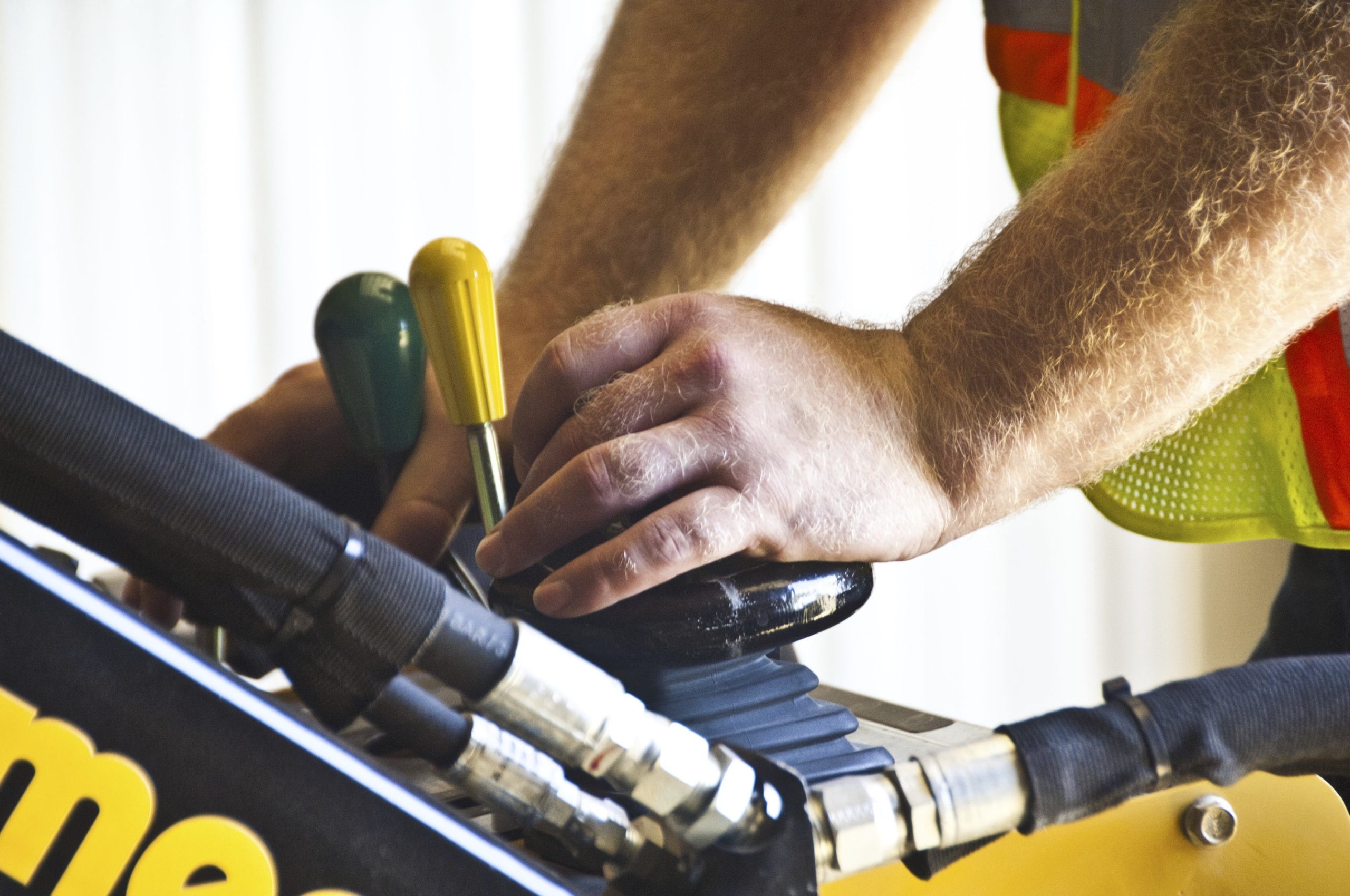The temperatures sinking well below zero in parts of the U.S. are a good reminder of the importance of winterizing your tree care business. It’s a process that starts with machinery and equipment, but also extends to how you manage your business to maximize the work you can do in what’s historically the “slow” time of year in the tree care industry.
Though Arctic northern winds during the winter are a good reminder to check equipment to make sure it’s holding up to the frigid weather, it’s best to start thinking about winterizing well before the season sets in. By starting in the fall, you can get a jump on the process and make it easier when conditions are better, said Tim Gamma, co-owner of Gamma Tree Experts in Clayton, Missouri, a suburb of St. Louis. The exact start to your winter preparation depends on your location and the type of winter you expect.
“We usually start thinking about winterizing in October, but sometimes it’s Thanksgiving by the time we get really serious about it,” Gamma said. “We go through a checklist of everything and make sure each truck and piece of machinery is ready. It’s a bit of a project, but it helps to have people who know the machinery.”
That latter point is a big one for Gamma; he said he typically has the same employees conduct his equipment winterizing each fall, since familiarity with individual trucks and pieces of equipment helps streamline the process.
“I’ll allocate a couple guys to do these tasks so there’s consistency from year to year,” he added. “They’re the same people who do my weekly equipment inspections, so they are familiar with everything.”
A simple winterization formula
Here’s a basic checklist of components that I have my team check when winterizing equipment and machinery, both at the beginning of the season and throughout while it’s in use:
- Antifreeze. Make sure levels are topped off and you’re using an antifreeze that will provide protection for the winter conditions you’ll face in your area. Make sure you don’t get lax and depend on a preseason fill-up. Monitor antifreeze levels often.
“We will double-check things on mild days to make sure we don’t have any leaks, and we’ll double-check to make sure our engines aren’t running too warm. We always double-check,” Gamma said.
- Bearings and grease. Whether or not a piece of equipment will be used throughout the winter, it’s important to make sure all bearings are greased and in working order.
“You may have a machine that will fire up easily, but there are a lot of moving parts, and you don’t want them to stick,” Gamma said. “A dry piece of wood that’s cold and frozen will sometimes act like a piece of steel and can do some damage if you have bearings that aren’t functioning properly.”
- Tire pressure. Cold weather can cause a lot of fluctuation in tire air pressure, making it important to watch closely and keep it consistent to prevent damage or tire failure when temperatures and tire pressures drop.
“Your tire pressure will go down in some of these extremely cold temperatures,” Gamma said. “It’s important to also visually inspect tires.”
- Engine blocks. How cold does it get during winter where you’re located? If it’s well below freezing for extended periods of time, cold engine blocks can become costly and time-consuming. Using engine block heaters can help eliminate that problem.
“Some of our equipment has engine block heaters and some of it doesn’t. Most of our Vermeer equipment has them,” Gamma said. “If you’re north of about Nashville, Tennessee, you need them, but south of there, you probably don’t.”
Winterization through good planning
Though it typically revolves around machinery and equipment maintenance, winterization also happens through planning ahead with specific jobs and the personnel and equipment it will take to get them done. It’s always good to have ample work to stay busy during the winter months, but it’s best to schedule and plan for jobs that are easiest done in winter conditions, both in terms of wear and tear on machinery and the environment.
“We typically don’t get a lot of calls for residential work in the winter, but we get a lot more municipal and golf course jobs,” Gamma said. “There are some types of residential jobs best done in the winter. If you don’t have to worry about driving on grass or landscaping when everything is frozen like a rock, it’s easier and more cost-efficient to do some residential tree jobs. It’s good to keep the pipeline full of jobs like those if you can.”
That winter work can also include planning for the job pipeline once winter does break. If it’s a particularly dry season, winter desiccation can cause damage to coniferous trees that can create demand for management in the spring. However, colder-than-normal winter temperatures can hamper damaging insect pests like the emerald ash borer and the myriad species of mites and wasps that cause galls in trees. That can lead to fewer jobs to manage trees damaged by those pests, making it important to determine whether different types of work should be pursued once spring arrives.
“It’s important to be attentive to winter weather conditions and how they might affect the workload once winter is over,” Gamma said.
Read more business building tips.
This article contains third-party observations, advice or experiences that do not necessarily reflect the opinions of Vermeer Corporation, its affiliates or its dealers. Vermeer, the Vermeer logo and Equipped to Do More are trademarks of Vermeer Manufacturing Company in the U.S. and/or other countries. © 2018 Vermeer Corporation. All Rights Reserved.
